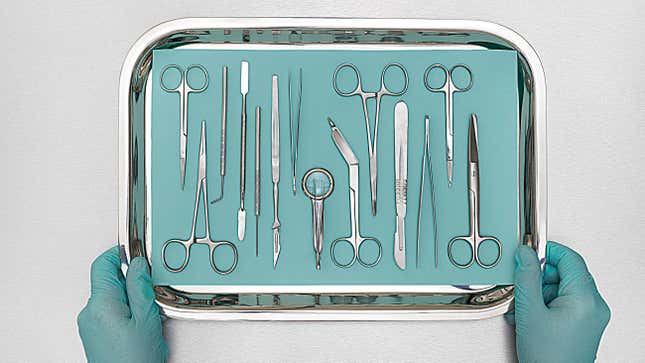Over 500 Survivors of Forced Sterilization Applied for Reparations. Fewer Than a Quarter Have Been Accepted.
A new report from Rewire found that of the 510 survivors who applied to California’s reparations program, only 108 have been accepted.
JusticePolitics

On January 1, 2022, California opened up an application for survivors of forced sterilization to apply for reparations from a $4.5 million fund established by a law passed in 2021. The law distinguished itself from similar laws in other states by extending beyond those who had been sterilized under 20th-century eugenics programs to also offer reparations to survivors of contemporary forced sterilization—many of whom are incarcerated people. But, according to a new report from Rewire, as of October 24, of the 510 people who applied for reparations, just 108 have been accepted, the California Victims Compensation Board told the outlet. The application will close at the end of December.
California’s eugenics program—considered one of the most ruthlessly effective in the U.S. during a period when state-funded eugenics programs were rampant—lasted from 1909 to 1979, in which thousands were sterilized, most of whom were targeted for being disabled, Black, Indigenous, or for just being poor. Between 1919 and 1952, at least 20,000 people were sterilized in state institutions alone. And, despite a 2014 law banning the forced sterilization of incarcerated people in California, one report found doctors sterilized nearly 150 incarcerated women between 2006 and 2010. The 2020 documentary Belly of the Beast reported that prison records showed close to 1,400 people may have been subjected to forced sterilizations in state prisons between 1997 and 2013.
-

-

-

-

-

-

-

-

-

-

-

-

-

-

-

-

-

-

-

-

-

-

-

-

-

-

-

-

-

-

-

-

-

-

-

-

-

-

-

-








































